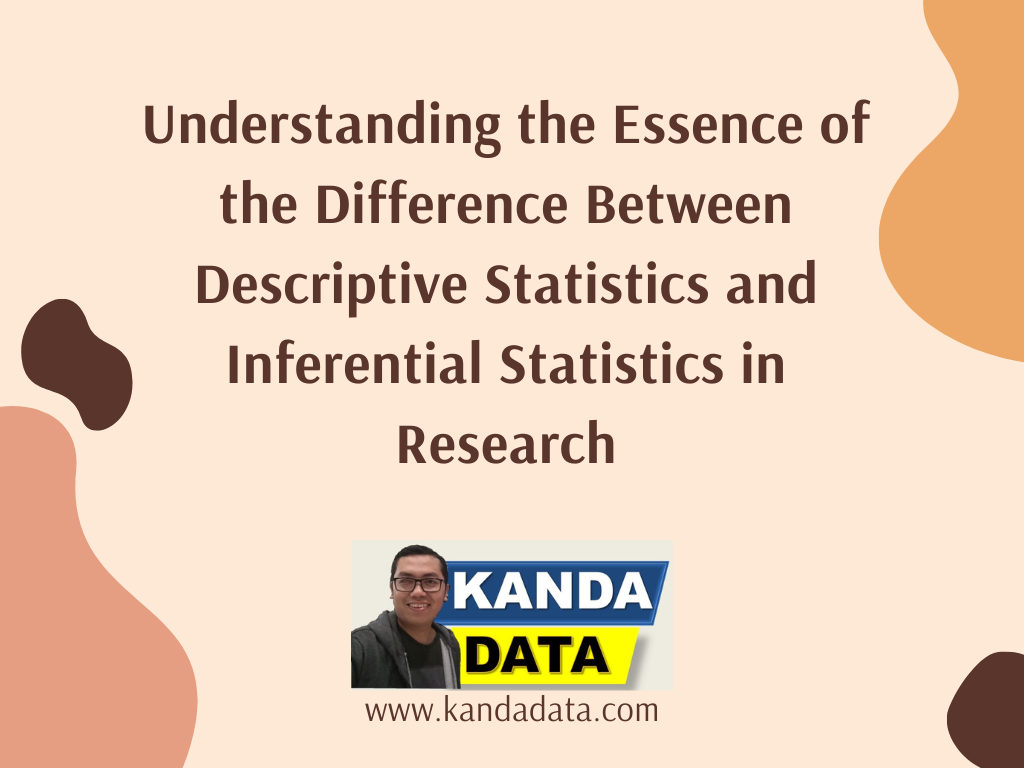Blog
Understanding the Essence of the Difference Between Descriptive Statistics and Inferential Statistics in Research
In conducting research, understanding the basic theory of statistics becomes crucial for researchers. Why is this so important? Because to extract accurate conclusions from research data, careful analysis using statistical tools is needed.
Two basic concepts in statistics commonly encountered in research are descriptive statistics and inferential statistics. Both of these concepts play their respective roles in helping understand and draw conclusions from the collected research data.
Descriptive Statistics: Building a Clear Picture
Descriptive statistics are used to summarize and describe collected data in a more understandable form. This is done through the formation of tables, graphs, and other data visualizations.
One key difference between descriptive and inferential statistics is that descriptive statistics focus on measures of central tendency and data dispersion. This allows researchers to see patterns and distributions of data in more detail.
With descriptive statistics, we can explore values such as mean, maximum, minimum, range, standard deviation, and others. This information provides a comprehensive picture of the observed data.
The importance of descriptive statistics lies in its ability to provide a clear picture of data without formulating specific hypotheses. It serves as a strong foundation for understanding the basic characteristics of the existing dataset.
Inferential Statistics: Drawing Conclusions and Testing Hypotheses
Inferential statistics, on the other hand, are used to draw conclusions about a larger population based on the collected sample data. This involves hypothesis testing and generalizing results from a sample to a population.
In inferential statistics, researchers must choose and apply the appropriate analysis methods according to the research objectives and the type of data collected. This may include various types of associative tests such as tests of influence, relationship tests, and difference tests.
The choice of analysis in inferential statistics depends on the scale of data measurement and the associated assumptions. For example, Ordinary Least Squares (OLS) linear regression analysis is often used to analyze the influence of independent variables on dependent variables, while correlation tests can be used to evaluate relationships between variables.
However, it is important to remember that the results of inferential statistical analysis are only valid if their underlying assumptions are met. If not, researchers should use alternative analysis methods that are more appropriate.
Conclusion
Understanding the difference between descriptive statistics and inferential statistics is an important step in data analysis for research. Descriptive statistics help in summarizing and understanding the basic characteristics of data, while inferential statistics are used to draw further conclusions about a population based on the collected sample.
By understanding the roles and functions of each statistical concept, researchers can make more accurate and in-depth analysis decisions. Hopefully, this article provides useful insights for readers in applying statistics in their research.
For more information on this topic and other educational content, feel free to visit our YouTube channel “Kanda Data”. We hope to continue providing valuable information in your research and learning journey. See you in the next educational article!
